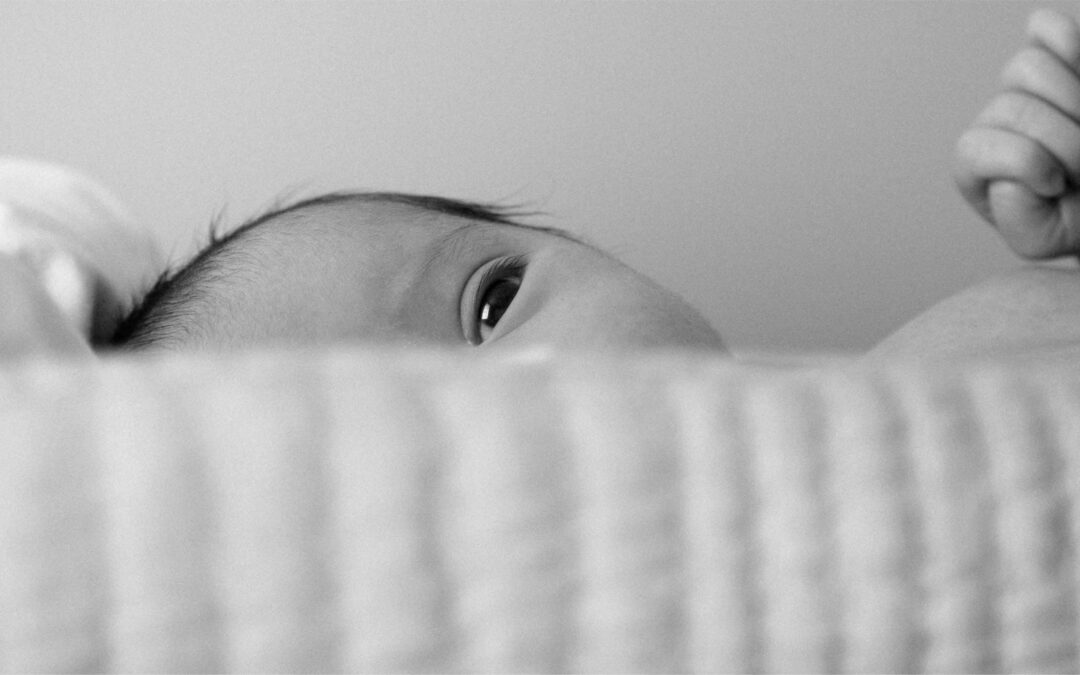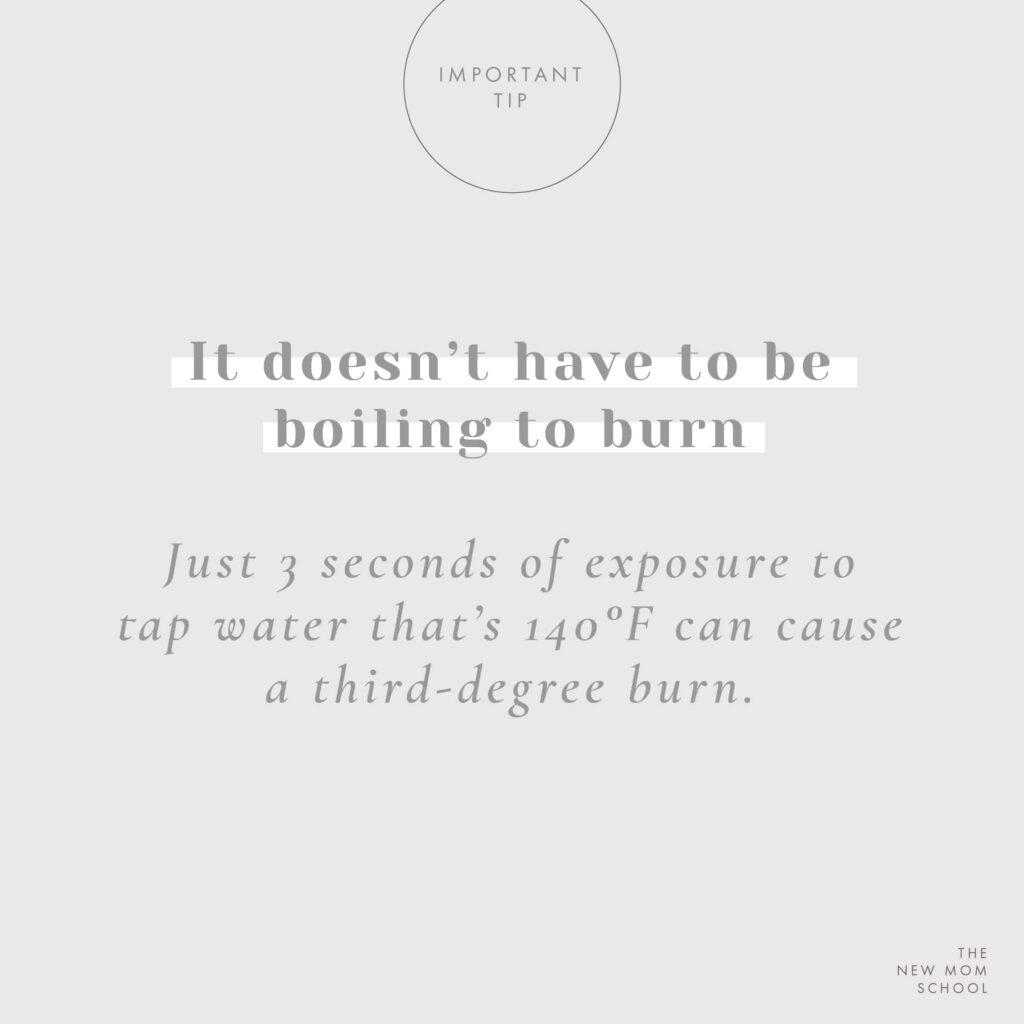September is Baby Safety Month, so we’re bringing you some timely reminders of some simple ways you can watch out for the safety of the little people in your life.
1. Check your car seats — they expire!
Did you know car seats expire? And no, it’s not just a ploy by the manufacturers to make you spend more money! The main reason car seats have an expiry date is because they are made from two main materials — plastics and impact foams — both of which degrade, particularly with exposure to UV rays, extreme heat and extreme cold. You can usually find a sticker on the back of your car seat with details from the manufacturer that will list the expiry date.
2. It doesn’t have to be boiling to burn
Water temperature really matters. Babies have thinner skin than older kids and adults, so they can burn more easily. Just 3 seconds of exposure to tap water that’s 140°F can cause a third-degree burn. The typical water temperature for bathing a baby should be between 90 and 100°F.
3. Just 2 inches of water can be dangerous
Less than 2 inches of water is enough for a young child to drown. That means drowning can happen in a sink, toilet bowl, fountains, buckets, inflatable pools, or small bodies of standing water around your home. When it comes to the bathroom, never leave a child unsupervised in a bath, and be sure to let the water out as soon as bath time is over.
4. Falls are the leading cause of non-fatal injuries
Every day, approximately 8,000 children are treated in U.S. emergency rooms for fall-related injuries. Falls down stairs and out of baby walkers are among the most common. The use of home safety devices, such as guards on windows that are above ground level, stair gates, and guard rails can help keep a busy, active child from taking a dangerous tumble. When using infant swings, bouncers, activity centres and walkers, be sure to always secure the restraining straps, follow the manufacturer’s recommendations for appropriate age, weight and height, and never leave your baby unattended.
5. Toys should be larger than your baby’s mouth
Consider whether the toys in your home are potential choking hazards. One rule is to check whether the toy and its components are larger than your baby’s mouth. When purchasing toys, looks for items that are unbreakable, do not come apart, do not have small parts that could be chewed or broken off, and are not sharp. Be sure to inspect your child’s toys often to check for any breakages.



